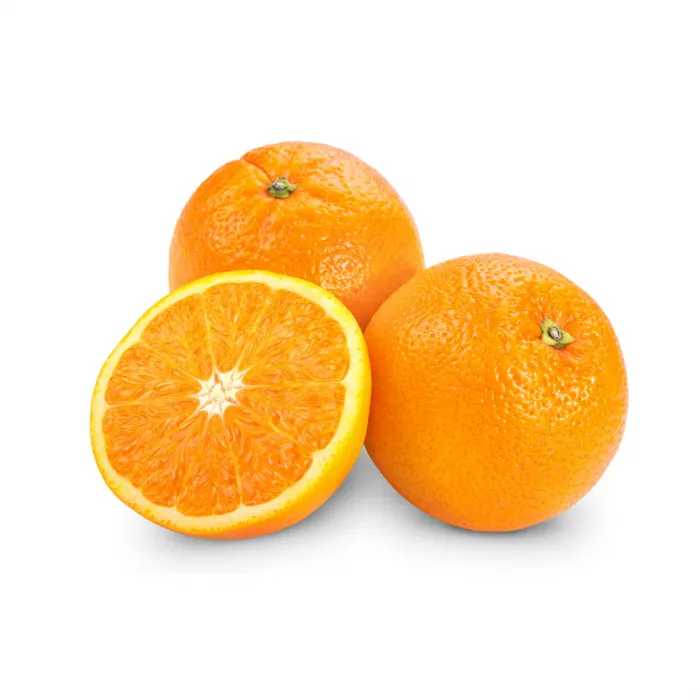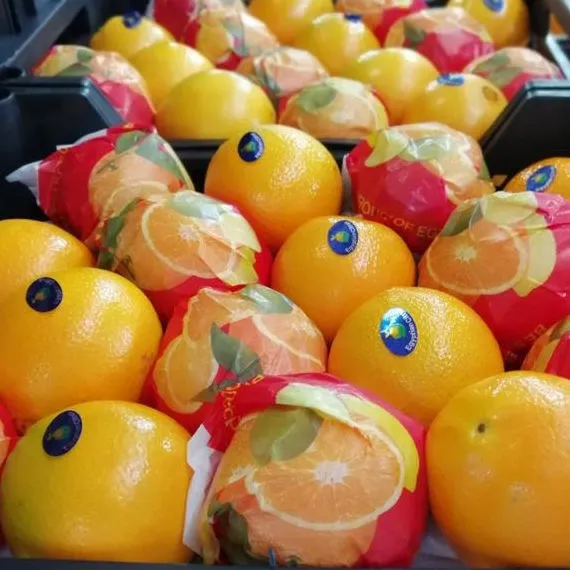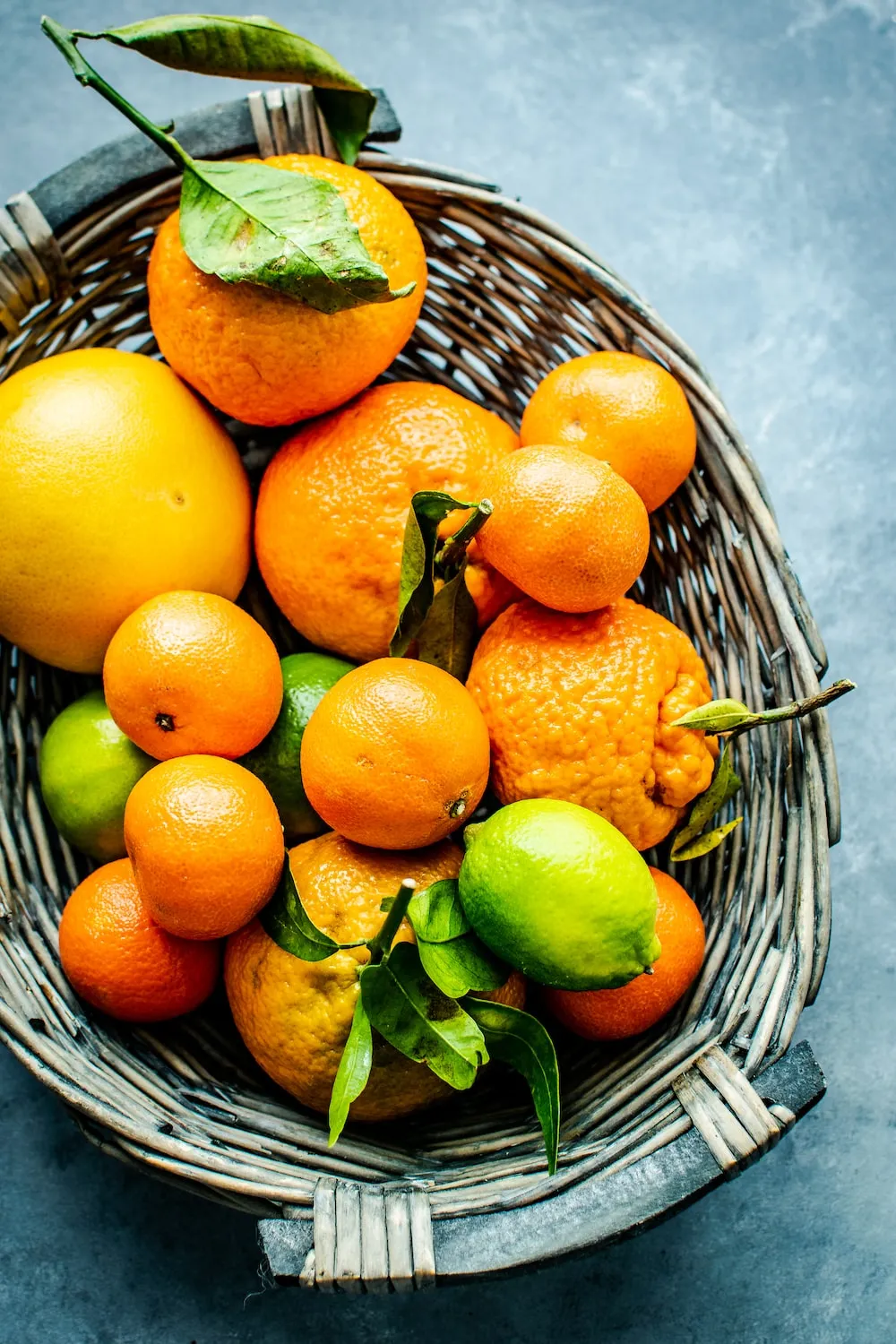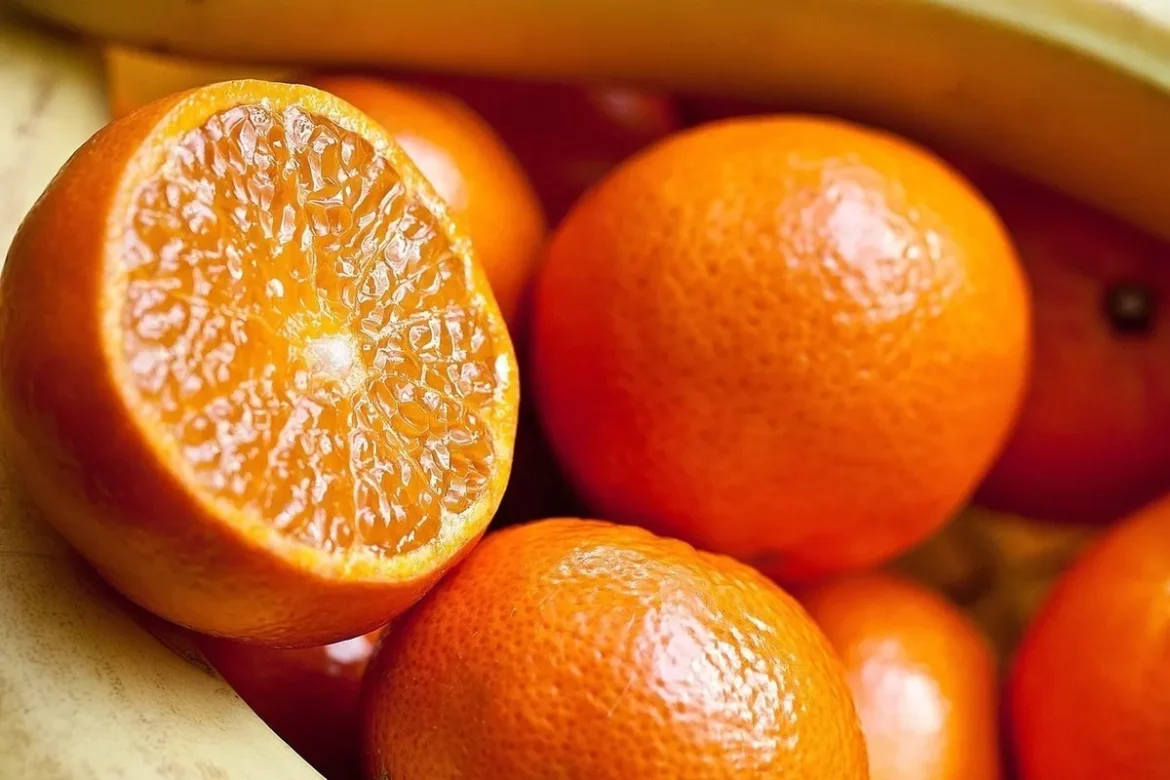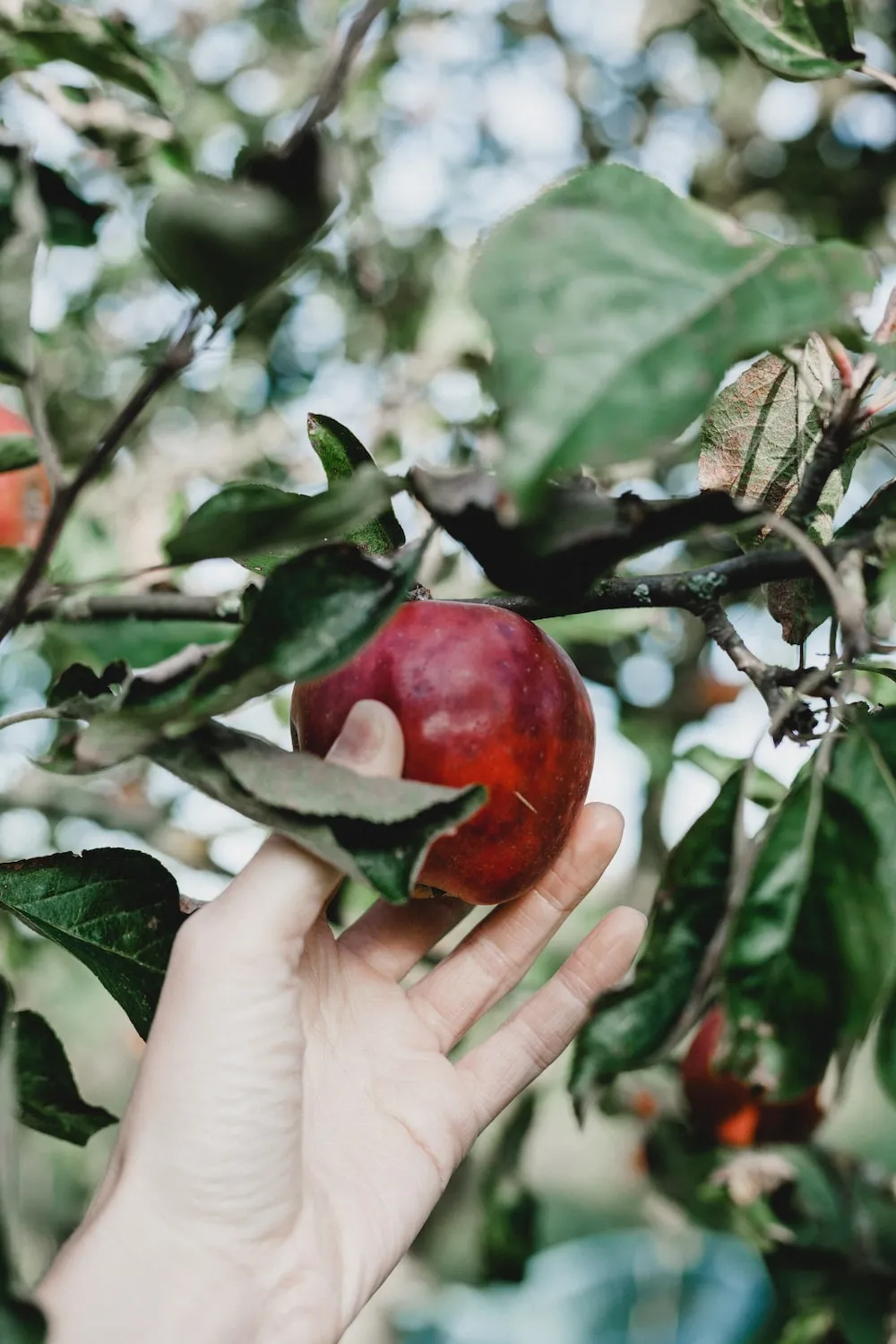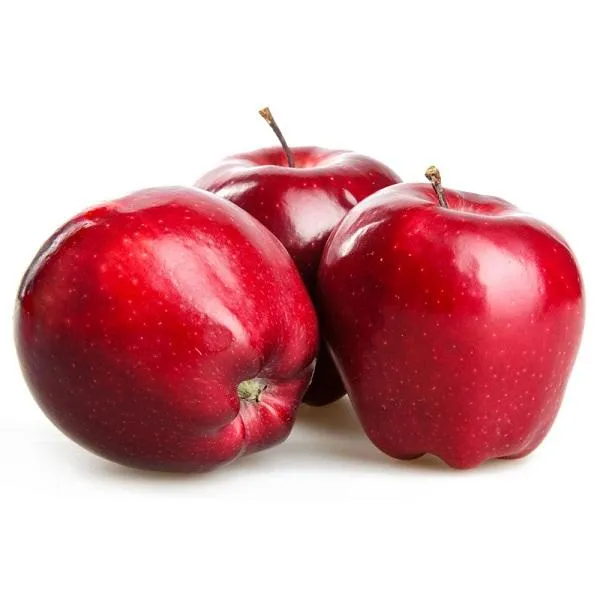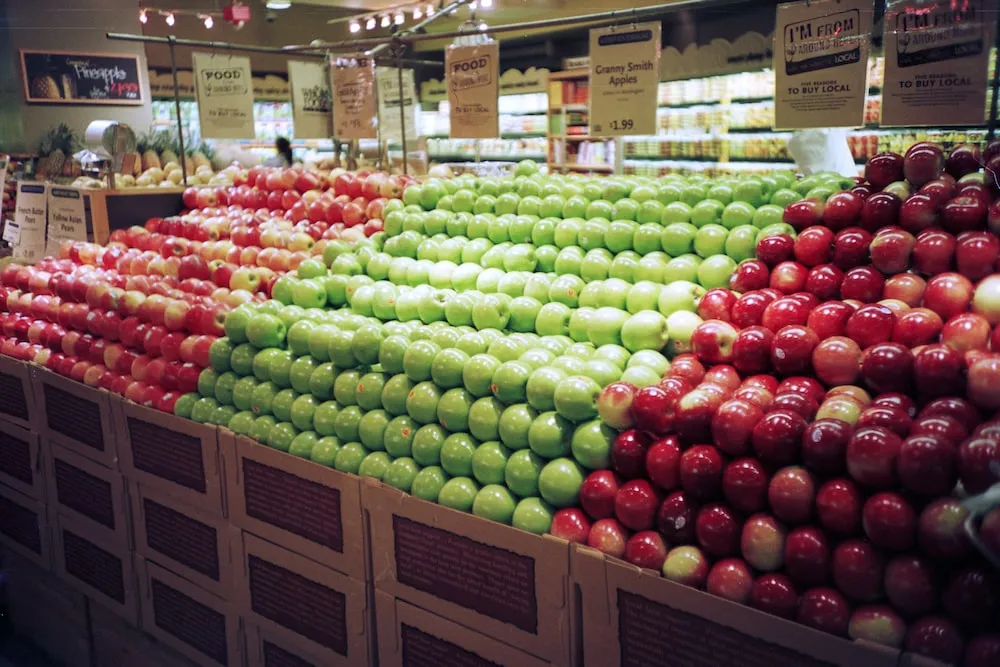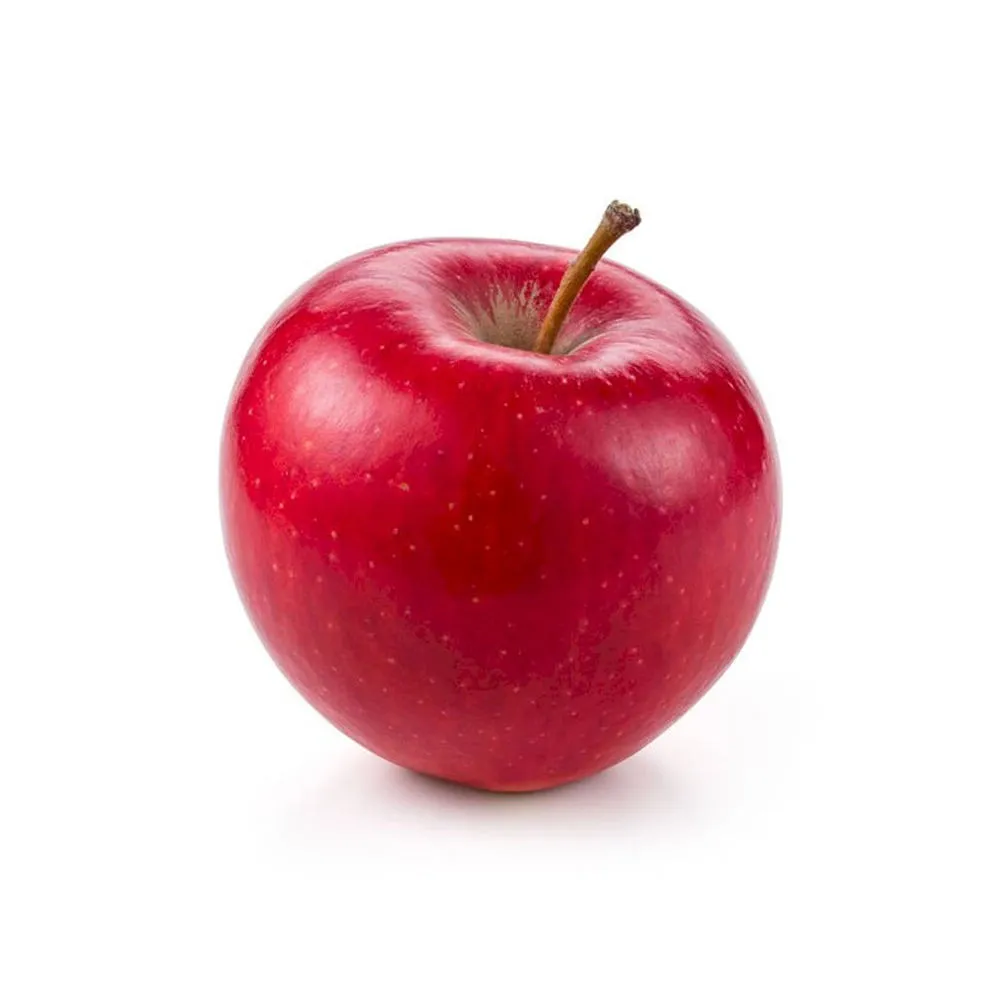Apples are one of the most popular fruits worldwide, cherished for their crisp texture, delightful flavors, and multiple health benefits. Among the diverse apple varieties available, Gala apples have gained immense popularity amongst consumers. However, understanding the various factors that influence Gala apple prices can provide valuable insights into their market dynamics. In this article, we explore the factors that affect the price of Gala apples and how these variables contribute to variations in consumer costs.
1. Supply and Demand
The relationship between supply and demand is a fundamental driver of prices in any market, and the apple industry is no exception. The availability of Gala apples often fluctuates due to seasonal variations, crop yields, and environmental conditions. While higher supply generally leads to lower prices, factors such as increased demand due to festivals, holidays, or export requirements can drive up the cost of Gala apples.
2. Agricultural Practices
The methods employed by apple producers significantly impact the price of Gala apples. Cultivation techniques, such as organic farming, require adherence to stringent guidelines and often result in higher production costs. Consequently, these additional expenses translate to a higher price tag for organic Gala apples compared to conventionally grown alternatives.
Moreover, the cost of inputs, such as fertilizers, pesticides, labor, and irrigation, all contribute to the overall production cost of Gala apples. Farmers may choose to pass on these expenses to consumers, thereby affecting the price of Gala apples.
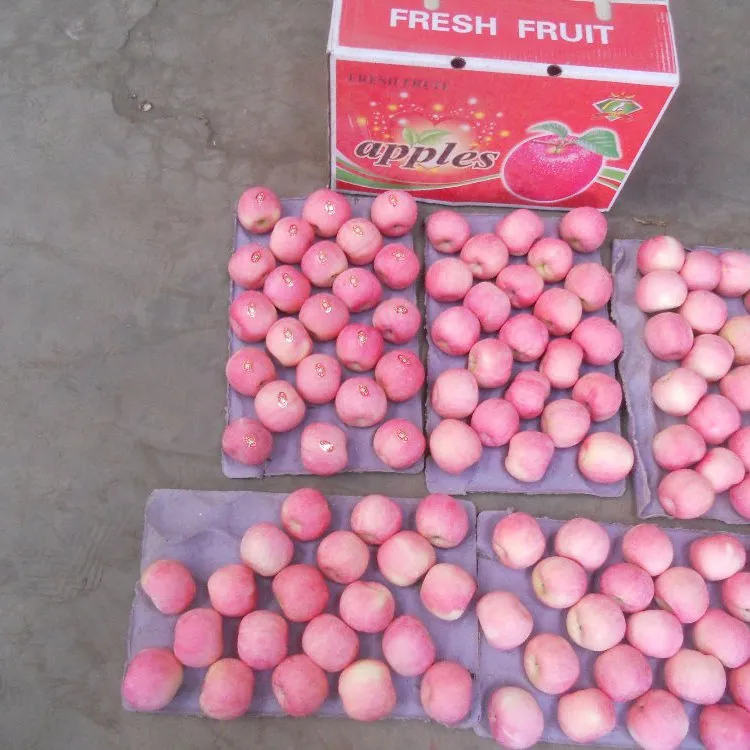
3. Location and Transportation Costs
The geographic location of apple orchards influences the price of Gala apples due to varying transportation costs. When orchards are located near urban centers or manufacturing hubs, transportation costs decrease, leading to lower prices for consumers. In contrast, apples grown in remote regions or countries may require longer distances to transport, which can result in higher prices due to increased logistics expenses.
Furthermore, international trade and exchange rates can also impact Gala apple prices. Exporting Gala apples to foreign markets often involves additional costs, including tariffs, taxes, and customs fees. Exchange rate fluctuations can further influence the costs involved in importing or exporting these apples, ultimately affecting the prices paid by consumers.
4. Packaging and Storage Expenses
To ensure product quality and extend shelf life, Gala apples often require appropriate packaging and storage methods. The use of climate-controlled storage facilities, sorting and grading systems, and protective packaging materials contributes to overall production expenses. As these costs are passed along the supply chain, they can influence the final price point of Gala apples for consumers.
Additionally, the type of packaging used may also impact pricing. While bulk packaging may result in lower costs, individually wrapped Gala apples or those presented in attractive gift packs often command a higher price due to perceived added value.
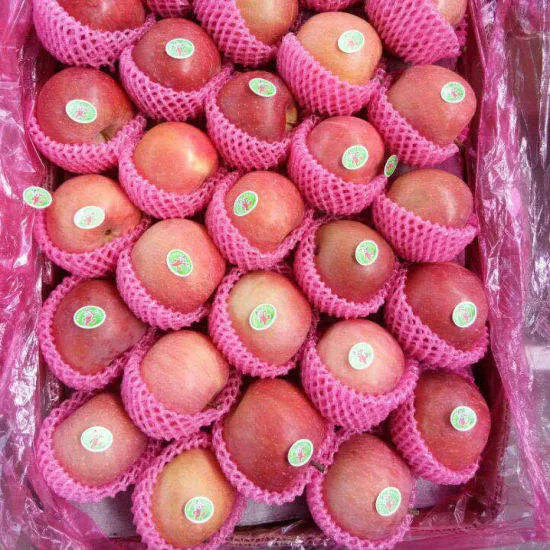
5. Market Competition and Retail Markup
Competitive factors among suppliers, distributors, and retailers also play a significant role in determining Gala apple prices. Intense competition often leads to retailers offering Gala apples at lower prices to gain a competitive edge and attract more customers. Conversely, when there is limited competition, prices are likely to be higher.
Retail markup is another factor to consider. Retailers typically add a markup to cover their operational expenses, potential losses due to spoilage, and desired profit margins. Consequently, consumers may find variations in the price of Gala apples depending on the retailer and their pricing strategies.
The price of Gala apples is influenced by various factors, including supply and demand dynamics, agricultural practices, location and transportation costs, packaging and storage expenses, and market competition. Understanding these variables provides consumers with insights into the reasons behind the variations in Gala apple prices and equips them to make informed purchasing decisions.
Whether it is the availability of Gala apples during peak seasons, the choice between conventionally grown and organic options, or considerations of packaging and storage costs, consumers can navigate the apple market more effectively armed with knowledge about the factors that influence Gala apple prices. By considering these factors, individuals can find the best deals and enjoy the deliciousness of Gala apples without breaking the bank.In addition to understanding the factors influencing Gala apple prices, consumers can also keep a few tips in mind to make the most of their apple purchasing experience:
1. Seasonal Availability: Gala apples have a peak season from late summer through early winter. During this time, prices are generally lower due to higher supply. Purchasing Gala apples during their peak season can help consumers get the best value for their money.

2. Local Produce: Buying Gala apples from local farmers’ markets or directly from growers can often result in lower prices. By bypassing the middlemen involved in the distribution chain, consumers can support local producers while potentially paying less.
3. Store Promotions: Keep an eye out for store promotions, discounts, or special offers on Gala apples. Retailers may run sales to attract customers or clear out excess inventory. Subscribing to newsletters or checking weekly flyers can help consumers stay informed about such deals.
4. Bulk Purchasing: Consider buying Gala apples in bulk, especially if you have the means to store them properly. Bulk purchasing not only offers potential cost savings, but it also allows consumers to enjoy Gala apples throughout the year instead of just during the peak season.
5. Comparison Shopping: Visit different retailers, both physical stores and online platforms, to compare prices. Identifying the most affordable options can help consumers make cost-effective decisions when purchasing Gala apples.
6. Farmer’s Co-ops and CSAs: Joining local farmer’s co-ops or community-supported agriculture (CSA) programs can be a cost-effective way to access fresh Gala apples. These programs often offer subscription-based services that provide a variety of fruits and vegetables, including Gala apples, at competitive prices.
By incorporating these strategies into their apple-buying routine, consumers can make the most out of the market dynamics surrounding Gala apples. With a clear understanding of the factors that influence prices and the implementation of cost-saving measures, consumers can indulge in the delightful flavors of Gala apples while keeping their wallets happy.
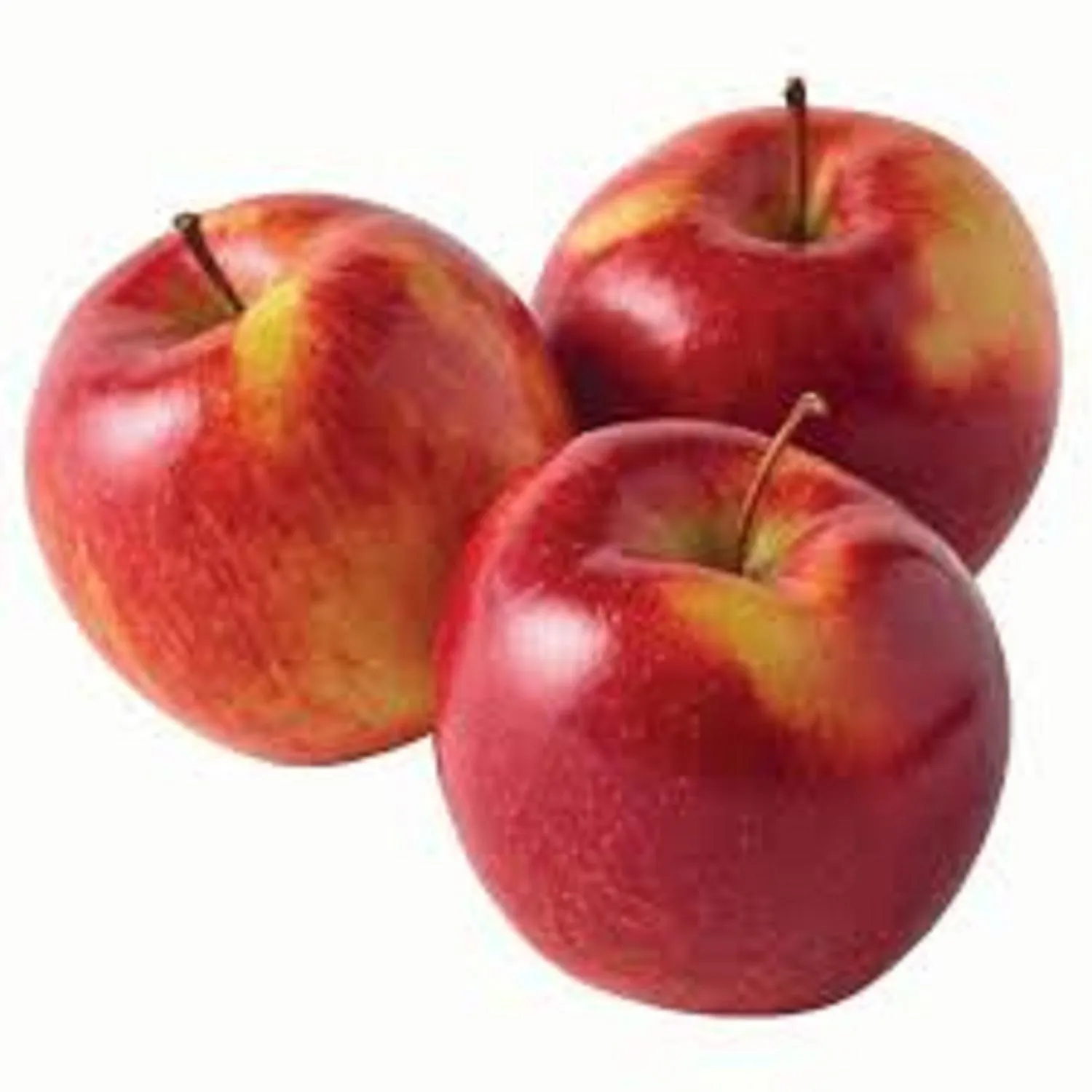
In conclusion, the price of Gala apples is determined by several factors, ranging from supply and demand dynamics, agricultural practices, location and transportation costs, to packaging and storage expenses, as well as market competition and retail markup. Awareness of these factors empowers consumers to make informed decisions and find the best deals when purchasing Gala apples. With a little planning, consumers can relish the crisp sweetness of Gala apples without straining their budgets.

